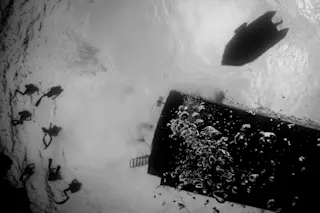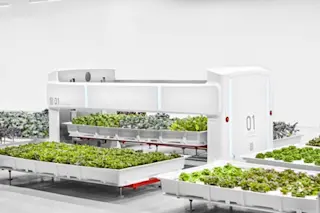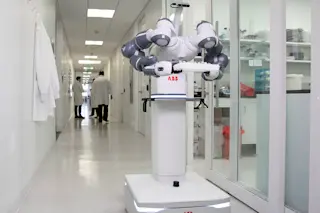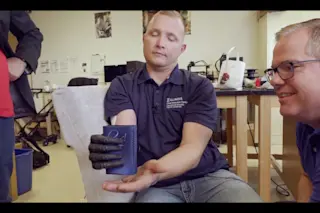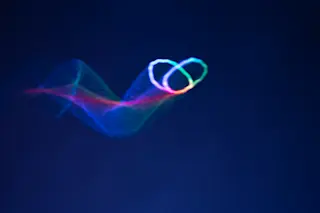Protein networks are responsible for the structure and mechanical properties of many foods such as eggs and meat. Even bread gets its chewy texture from the formation of springy gluten protein networks. As we will see in this recipe, protein network formation is vital for the successful production of cheese. Milk, the primary component of cheese, is made up of fat globules, the sugar lactose, and a variety of proteins that can be divided into two categories: whey proteins and curd proteins. The most prevalent proteins in milk are curd proteins called caseins, comprising approximately 80% of the total milk protein. Casein proteins are not particularly well structured [1] and gather together into large, calcium-rich assemblies called “micelles.” Casein proteins at the surface of each micelle expose short negatively charged regions that improve micelle solubility and prevent multiple micelles from clumping together [2,3].
Caseins are remarkably heat stable, even at ...


